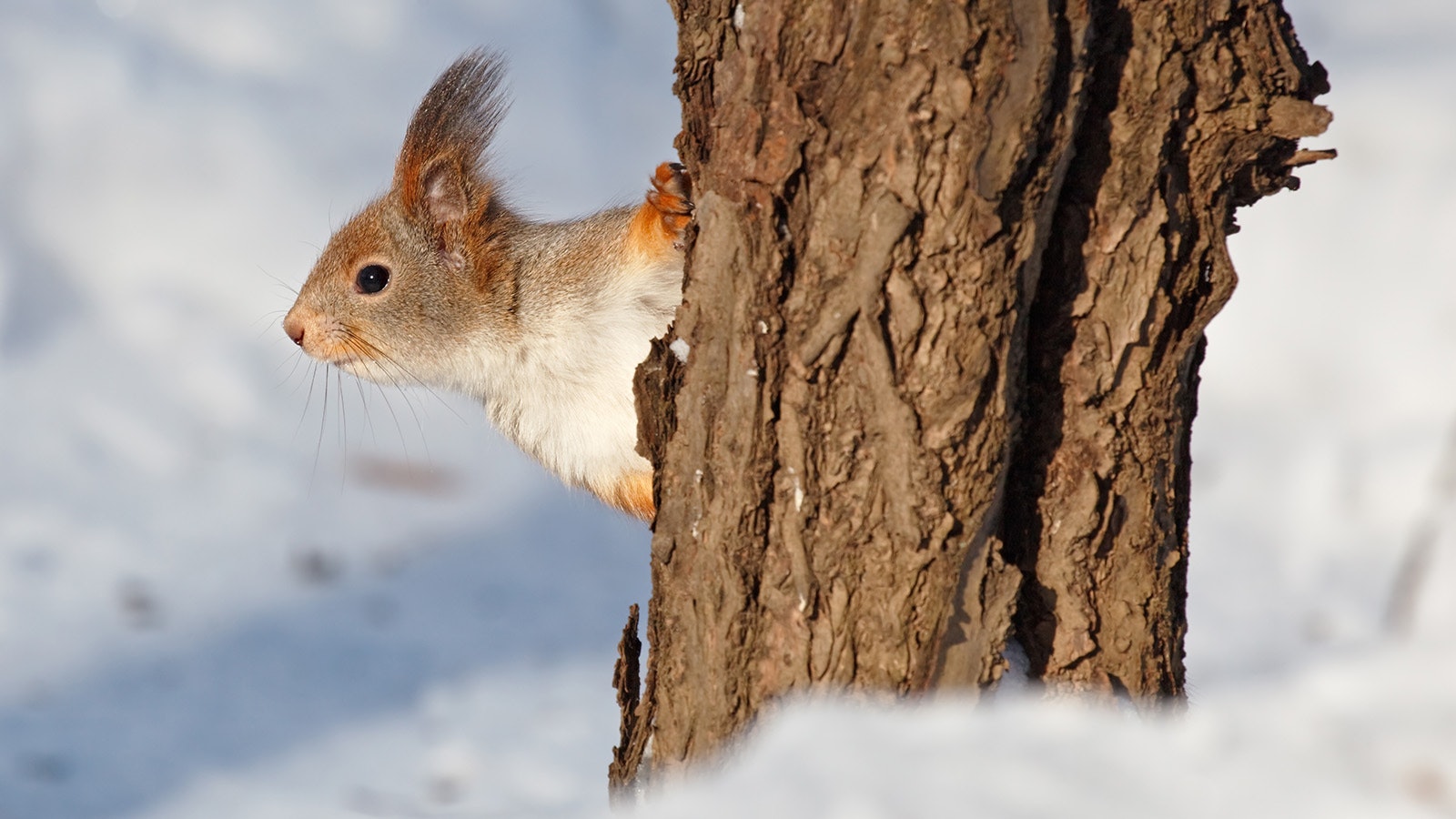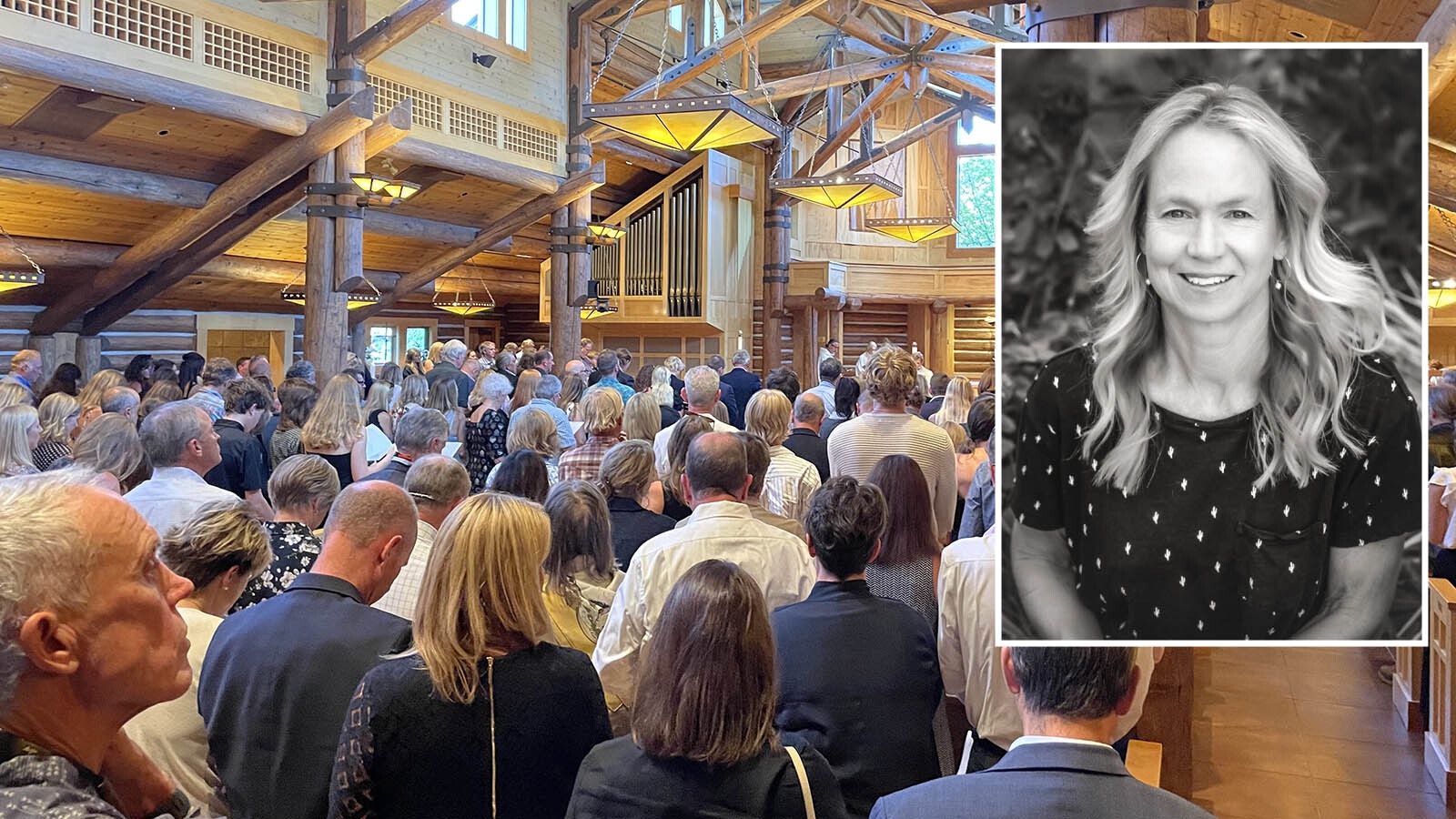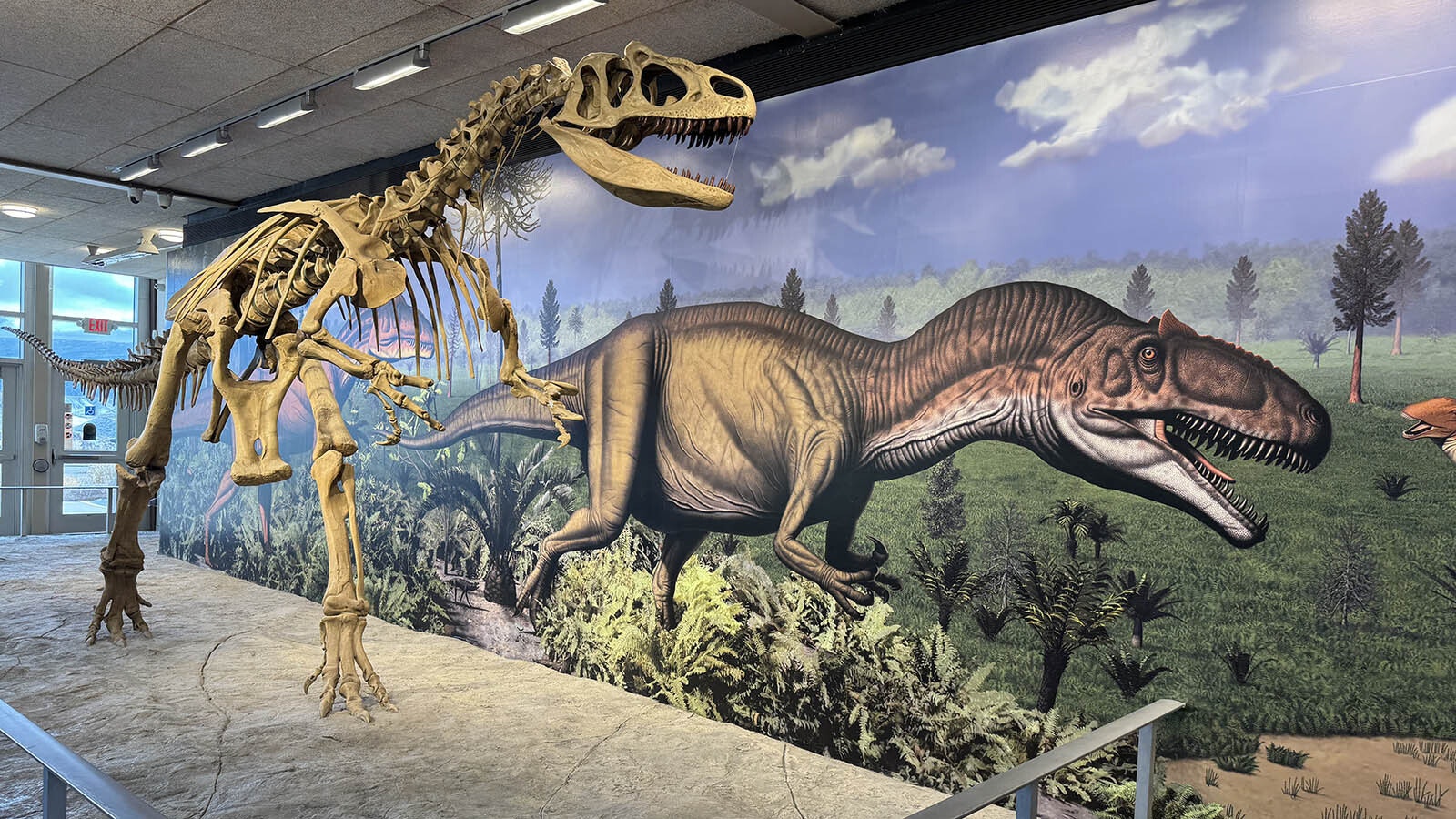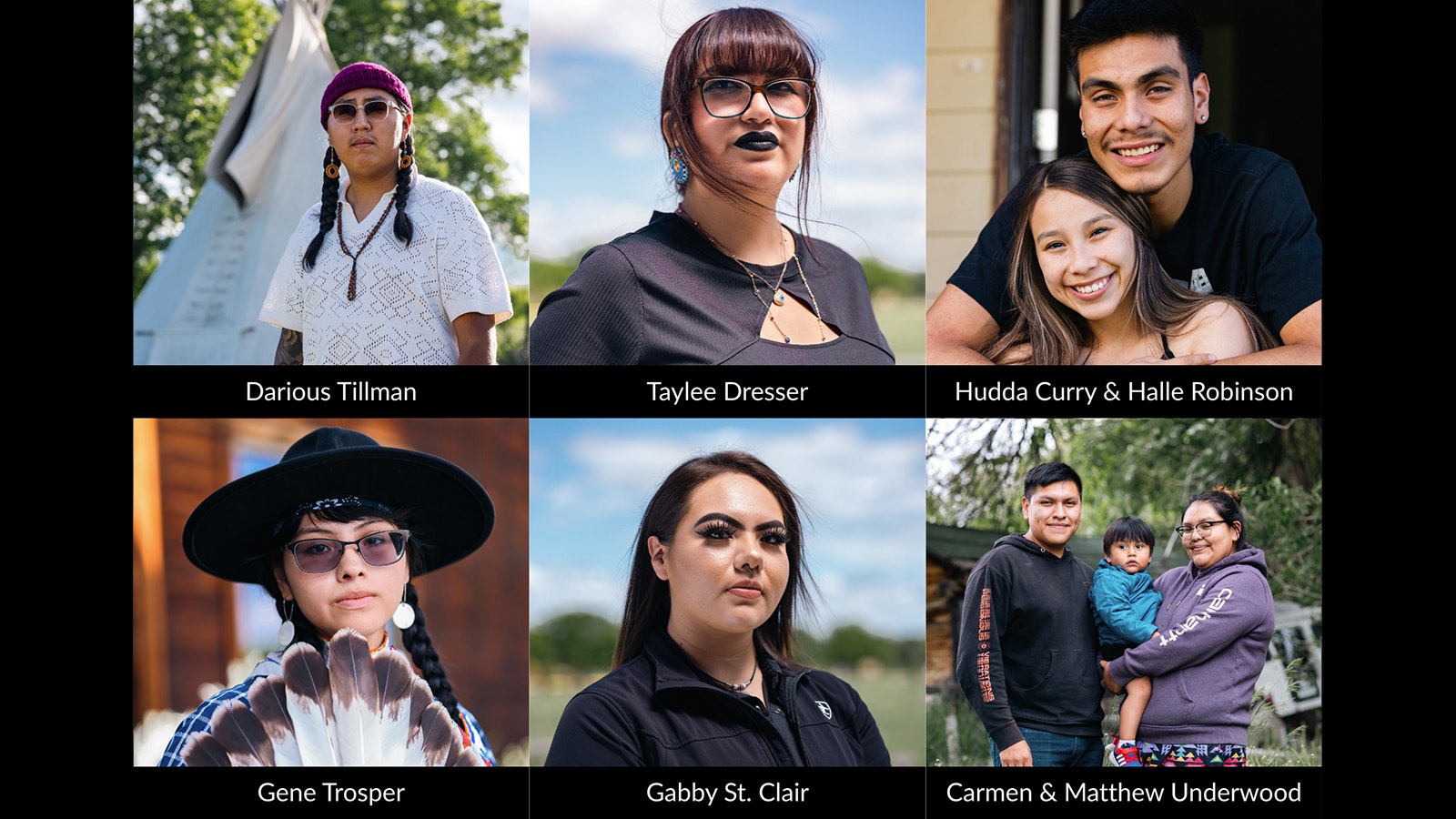When China announced this week it’s training squirrels to sniff out illegal drugs, much like a police K-9, John Koprowski noticed from his office in Laramie, Wyoming.
That’s because, while squirrels have an incredible sense of smell, training them to work with humans is on a whole other level.
And Koprowski would know. He’s dean of the Haub School of Environment and Natural Resources and one of the world’s top squirrel experts.
“It is plausible,” Koprowski told Cowboy State Daily about unleashing a pack of drug-sniffing squirrels to fight the war on illegal drugs. “The trainability of squirrels is probably the biggest challenge.
“But to me, it is something that’s feasible. Their whole world is about scent. A male has an ability to detect a female from often a mile away downwind.”
He’s The Squirrel Whisperer
If there’s anyone who would know about these things, it would be Koprowski.
He began working at the University of Wyoming three years ago after a long career that has taken him around the world and has made him an internationally renowned expert on squirrels and other small mammals.
So when a police unit in southwestern China announced this week that it had “successfully trained” six Eurasian red squirrels to sniff out drugs, Koprowski was asked if perhaps police dogs might one day become obsolete in favor of smaller animals that can sniff their way through nooks and crannies too small for canines.
He reassured those K-9 officers out there that they shouldn’t worry about finding themselves on the unemployment line.
“Squirrels do what squirrels want to do,” he said. “And so they will never be a man or woman’s best friend.”
Koprowski said that while many believe squirrels have an incredible memory when it comes to finding nuts and other hiding places, it’s really their sense of smell that gets them where they want to go.
“They remember, ‘OK, in this general area I buried nuts,’ and then they use their sense of smell to dig – maybe 3 feet through the snow – to be able to locate those nuts,” said Koprowski. “They’ve kind of evolved to be able to detect smells to find food, to detect competitors or even predators, and then to find mates. All of those things are critical to their survival.”
A Little Squirrely
Koprowski didn’t set out to be the foremost expert on all things squirrel.
As an undergrad student at Ohio State University, he did some work with squirrels, which as a scientist gave him an avenue with which to connect and communicate with people.
“They’re very visible,” he said of the some-times cute – and often-entertaining – rodents. “People can relate to them. Everyone has seen some kind of squirrel before.”
Koprowski said squirrels are excellent models as well.
“They tell us about the condition of range land, they tell us about the condition of forests and the health of those ecosystems,” he said. “They give us insight into how well systems are working.”
‘High Holy Days’ For Small Mammals
This time of year is busy for Koprowski.
Not only is Jan. 21 Squirrel Appreciation Day, but just a couple of weeks later the United States holds its breath, awaiting the prediction of Punxsatawny Phil, the famous groundhog in Pennsylvania whose reaction to his shadow portends the length of the remaining winter.
“It’s kind of fun,” said Koprowski. “It’s a wonderful way to have a little bit of fun, but connect people to the natural world with animals that they’re very likely to see.”
Koprowski appreciates the fuss that Americans make over Groundhog Day, because it opens up discussion about the under-appreciated mammals.
“I think part of it is that connection people have to the natural world and trying to learn as much as they can,” he said.
And Koprowski clarified that the timing of Groundhog Day, Feb. 2, is not just a randomly selected date.
“It’s the halfway point between the shortest day of the year, the winter solstice, and the vernal equinox – the spring equinox – where it’s 12 hours of daylight and 12 hours of darkness,” he said. “And historically, by watching day length and in monitoring the seasonal movements of the sun, people would use that day as the day that they started gearing up to get their seeds and equipment ready for the end of winter.”
International Research
Because Koprowski is known around the world as an expert on squirrels, he and his students are involved in research projects around the globe, which he can relate to local issues back here in Wyoming.
“There are squirrels on all continents except for Australia and Antarctica,” he said. “It really helps build bridges quickly.”
But his research isn’t limited to just squirrels. Koprowski said UW students are working with marmots – a species of which groundhogs and rock chucks are members – in Mongolia.
“The marmots over there are about four times the size of our varmints here,” he said. “Small children could probably ride them.”





